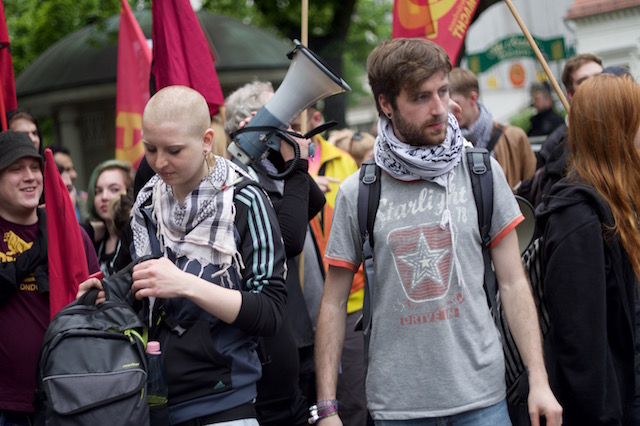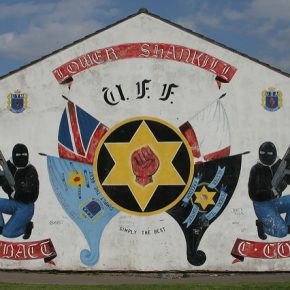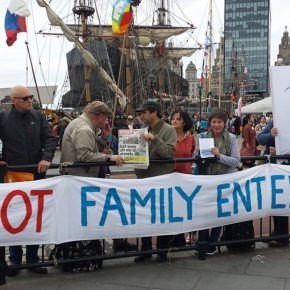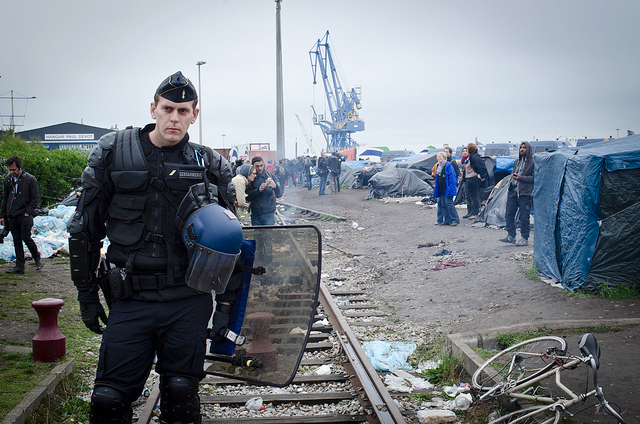As we move further away from the 1960s, the idea that music has a role to play in radical politics becomes increasingly irrelevant. Long gone are the days when people believed that rock music, or hip-hop, had any effect on the powers that be.
Chalk it up to cultural affluence. Music is everywhere nowadays – on our phones, online, or in our homes, slowly gathering dust on our record and CD shelves. Or, consign it to the fact that whatever it might say, it’s ignored, except when pleasurable.
What a terrible fate for an art form that held such utopian significance in the West during the Cold War and its immediate aftermath. From the protest folk of Bob Dylan to Crass and Public Enemy, it was supposed to change the world. Or at least help.
Still, people make noise. Whether its music or not, is debatable. But the pretense to making music, that is somehow relevant, politically, as well as culturally remains, albeit as a more localized event, outside the immediate realm of commerce.
Think demonstrations and marches, not CDs and radio airplay. You can’t hear it anywhere else. It’s entirely location specific, and temporal, in the role of support act to a larger event that has nothing to do with entertainment or culture, at least directly.
It’s in that context that making field recordings of what takes place at such gatherings so interesting. On the one hand, it’s about capturing something political, at least contextually, about what music used to be about. It’s about remembering art.
On the other hand, it’s also about the present, and about politics, and where culture fits into it. The music that gets recorded may not have any sales value, but it certainly means something circumstantially. It’s culture in the service of something larger.
That doesn’t mean that the history such recordings capture isn’t ultimately commodifiable. Any aspect of time edited into a memorable and repeatable moment is. What’s different about is its documentary character.
There are certain limits built into the narrative that make it difficult to rationalize such recordings for economic purposes, in the same sense that a song recorded in a studio, and presented in the context of an album full of other similar recordings is.
Isn’t that what protest music is about? Or at least should be? Maybe so. It all depends on its context, and how the recording is heard after the fact. Pretending it has no aesthetic value is one way to do that. Politics isn’t inherently memorable, or sexy.
But sound, no matter what it comes out like, is. Even at its most mundane, which is why so little of it finds its way to news media. Witness, for example, the lack of audio embeds in online news media. We go for video, or photographs, instead.
Why is that? Perhaps because being forced to listen to something makes us uncomfortable. Unable to see or read what it is we’re about to hear, we fear bing taken over by sounds we can’t prepare ourselves for, or predict, in advance.
That’s what’s transformative about the experience of hearing things at demonstrations, and why the noise made by protestors remains so commonplace, despite its lack of immediate aesthetic value, or conformity with cool.
The two field recordings embedded in this article great examples. Made in 2015-2016, in Brussels and Berlin, their significance is best understood by the foreigners who attended the demonstrations. Not the persons – Arabs and Kurds – who led them.
Unfamiliar with their narrative forms, and the languages used in the singing, the French, English and German speakers who heard them were inevitably moved, on an emotional level, by their connection with the gatherings they were performed at.
Certainly, some of the things aroused by the music is reactionary. The sounds are seemingly ethnic and primitive. Yet, there’s an emotional connection to them, which is a vehicle for sharing the political feelings the songs convey that can’t be denied.
That, in itself, is what makes the non-verbal experience of music still valid politically. It also highlights the fact that this was also a feature of music during the era in which protest was a marketable aesthetic in pop music. The only difference is the context.
Photographs and recordings courtesy of Joel Schalit.





